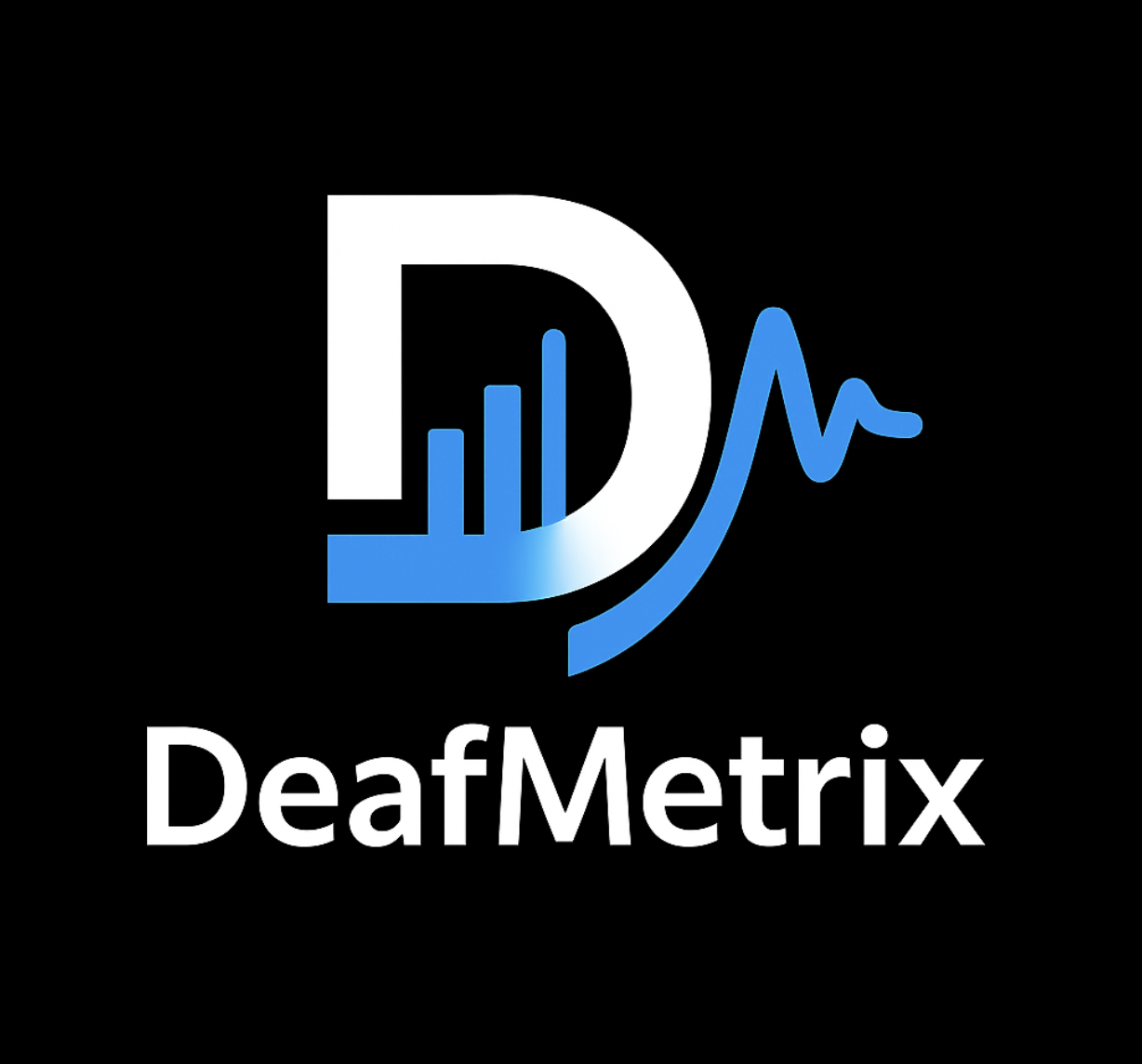Why DeafMetrix?
I didn’t set out to build DeafMetrix.
I set out to live my life.
Work hard. Travel. Contribute.
Do the same everyday things everyone else gets to do without thinking about whether they’re allowed in.
But every step forward was met with the same wall — different places, different people, same design.
A hospital appointment where the conversation happened about me, not with me.
An interview where my competence was decided before I even spoke.
A “team meeting” that was already over before I’d had the chance to participate.
It didn’t matter whether it was a clinic, a boardroom, or a classroom — the message was always the same:
“You weren’t meant to be here.”
And here’s the truth:
These weren’t one-off mistakes.
They were symptoms of a bigger architecture — one that was never built with us in mind.
Most organisations don’t see it.
They think exclusion is an accident, a rare glitch in an otherwise “inclusive” system.
I know better.
I’ve lived it.
It’s not a glitch. It’s the design.
That’s why I stopped waiting for someone else to fix it.
I built DeafMetrix to make it impossible for your systems to keep doing what they were never meant to stop.
We don’t patch problems.
We expose the blueprint.
We redesign it so that inclusion isn’t a statement you make — it’s the way your organisation works every day, for everyone.
Because this is bigger than one meeting, one policy, one compliance tick-box.
It’s about creating a future where
Deaf people have full access, agency, and opportunity.
Companies unlock untapped markets worth billions.
Inclusion drives ROI, innovation, and trust instead of being a cost centre.
Market leaders are defined not by who they reach today, but by who they no longer leave out tomorrow.
If you’ve never walked the corridors I’ve walked, you’ll never see the cracks.
But I have.
“And now, I’ll make sure you can’t ignore them — because when we rebuild together, everyone wins.”
What’s Wrong With Most “Inclusion” Work
Most organisations wait for the harm —
then try to patch it with PR.
They treat exclusion as an unfortunate glitch,
rather than the predictable outcome of design that never included us in the first place.
Workshops won’t fix that.
Training sessions won’t fix that.
We’re not here to soften the problem.
We’re here to face it, name it, and rebuild it from the root.
✊ What DeafMetrix Stands For
🧠 Deaf intelligence is system intelligence
We don't bring “perspective.”
We bring pattern recognition, structural insight, and redesign power.
⚖️ Access is a system standard — not a favour
We’re not asking for space.
We’re demanding a redefinition of the blueprint.
🔎 Metrics matter more than intentions
You don’t get credit for caring if your system still harms people.
🧱 Redesign beats damage control
If your inclusion strategy starts after someone complains — you’re already too late.
📣 Silence is no longer an excuse
If your service still depends on sound,
you’re not accessible — you’re excluding
🚨 Harm isn’t theoretical
It’s operational. Legal. Reputational.
Sometimes fatal.
We don’t run awareness campaigns.
We interrogate architecture.
We don’t “help you do better.”
We help you design what should have been there all along.
🧩 Why ‘Deaf-led’ Isn’t Optional
If you weren’t part of the problem’s creation —
you probably won’t see the fault lines.
That’s why Deaf leadership matters.
Because we’ve lived the silence.
Because we know exactly where the gaps are.
Because we’ve walked the systems you’ve built — and hit every barrier you never noticed.
This isn’t about representation.
It’s about relevance. Risk. And repair.
You can’t fix what you never lived.
But we can.
What Happens When You Work With Us
When you work with DeafMetrix, things start to shift — from the inside out.
You’ll uncover what your systems have silenced.
You’ll measure what you’ve never thought to track.
You’ll stop guessing — and start building with clarity, safety, and intent.
Here's what changes:
✅ Systems become clearer — no more ambiguity, friction, or confusion
✅ Products become smarter — designed to be used, trusted, and returned to
✅ Services become safer — because risk is identified and removed at the root
✅ Cultures become stronger — when access is built in, not bolted on
✅ Trust becomes earned — because you didn’t just say it, you proved it
This isn’t optional anymore.
The next failure is already in your pipeline.
The next walkout is already in progress.
The next complaint is already being written.
You don’t need another inclusion promise.
You need a structural redesign — led by people who know what your system can’t see.
DeafMetrix isn’t a training.
It’s not an add-on.
It’s the correction your system never knew it needed — until it was too late.


